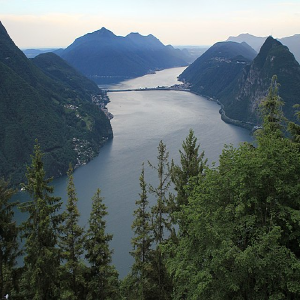Mesotrophy is not enough: re-assessing phosphorus objectives for the restoration of a deep Alpine lake (Lake Lugano, Switzerland and Italy)

Submitted: 5 December 2022
Accepted: 31 January 2023
Published: 27 December 2022
Accepted: 31 January 2023
Abstract Views: 1070
PDF: 308
DOC: 0
HTML: 21
DOC: 0
HTML: 21
Publisher's note
All claims expressed in this article are solely those of the authors and do not necessarily represent those of their affiliated organizations, or those of the publisher, the editors and the reviewers. Any product that may be evaluated in this article or claim that may be made by its manufacturer is not guaranteed or endorsed by the publisher.
All claims expressed in this article are solely those of the authors and do not necessarily represent those of their affiliated organizations, or those of the publisher, the editors and the reviewers. Any product that may be evaluated in this article or claim that may be made by its manufacturer is not guaranteed or endorsed by the publisher.
Similar Articles
- Annalisa Franzo, Tamara Cibic, Paola Del Negro, Cinzia De Vittor, Spatial distribution of microphytobenthos, meiofauna and macrofauna in the north-western Adriatic Sea: a synoptic study , Advances in Oceanography and Limnology: Vol. 6 No. 1-2 (2015)
You may also start an advanced similarity search for this article.


 https://doi.org/10.4081/aiol.2022.11061
https://doi.org/10.4081/aiol.2022.11061




